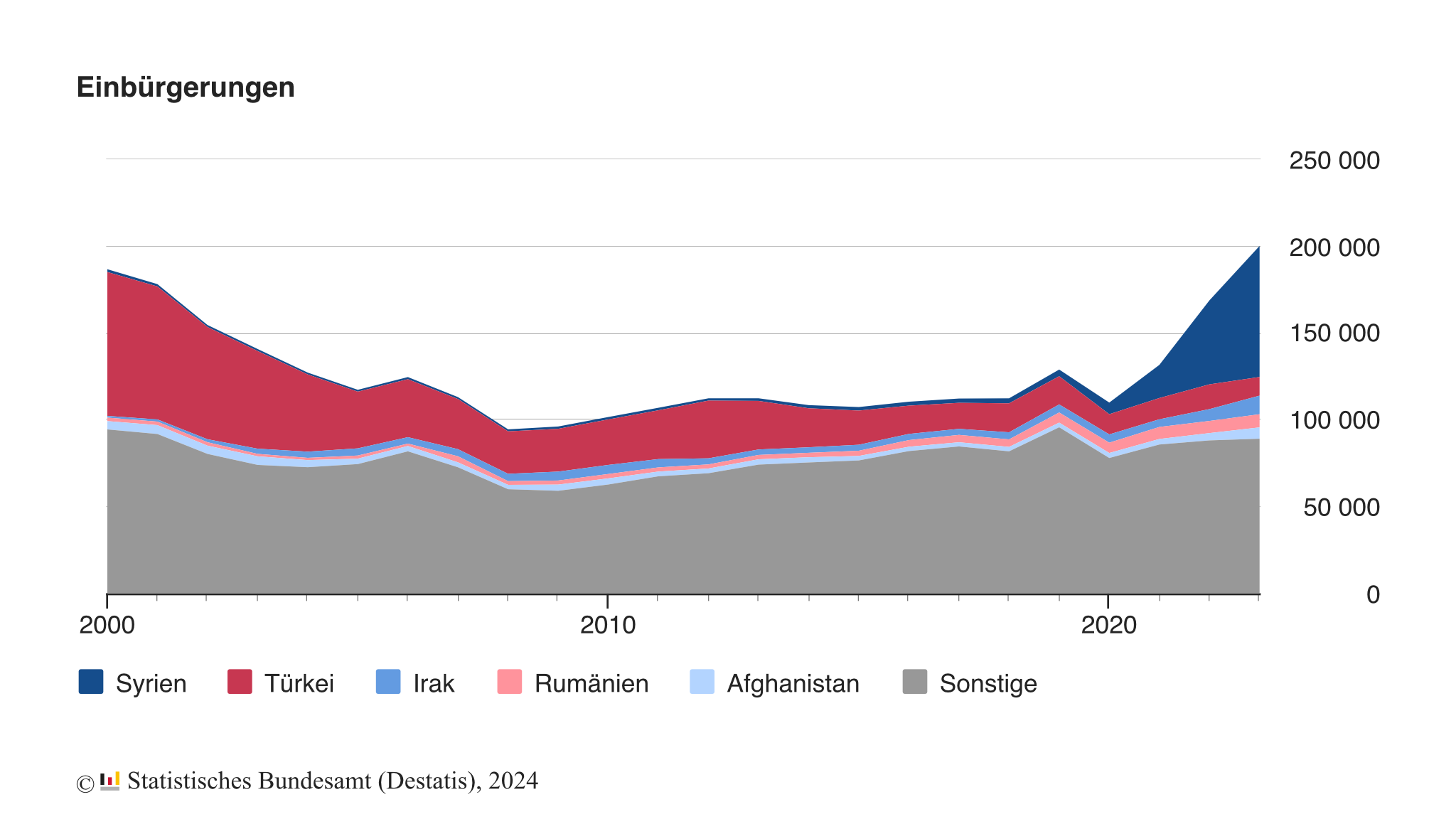
What Challenges Are German Companies Facing?
The German economy is grappling with significant challenges, as outlined by the Bundesbank in its latest Financial Stability Report. The report highlights “deep structural issues” that continue to weigh on the country’s medium-term growth prospects. Structural changes and ongoing economic weaknesses are expected to push the number of corporate insolvencies higher in the coming year, with 2025 remaining a high-risk period for companies.
Why Are Insolvencies on the Rise?
In 2023, the German economy narrowly avoided a recession. Companies are struggling with declining export demand, rising energy costs, and higher wages—pressuring profit margins, especially in the industrial sector. Additionally, years of near-zero interest rates have led to complacency among businesses, making them vulnerable to financial instability. The low risk provisions due to minimal default rates and dynamic credit growth further compounded the issue, leading to asset overvaluations, including in residential real estate.
How Did Inflation and Interest Rate Hikes Impact Companies?
The sharp increase in inflation in 2022 forced central banks to raise interest rates, putting many businesses under stress. Rising inflation and interest rates not only squeezed consumer wallets but also reduced corporate profits. The real estate market also faced increased uncertainty, elevating credit risks for banks and insurers.
What Role Does Refinancing Play in Potential Insolvencies?
The need for refinancing could exacerbate insolvency rates. During the COVID-19 pandemic, state aid extended the lifelines of struggling companies, but by 2022, insolvencies began to rise again, possibly affecting larger firms by October 2023. If interest rates rise further, the number of bankruptcies could increase due to higher refinancing costs, leading to more defaults.
Is There Any Positive Outlook Amid the Economic Strain?
Despite these challenges, the Bundesbank sees a silver lining for private households. Financially, households are expected to remain resilient, with the labor market showing robustness and nominal wages rising. This provides consumers with a solid financial buffer, offering some economic stability.


